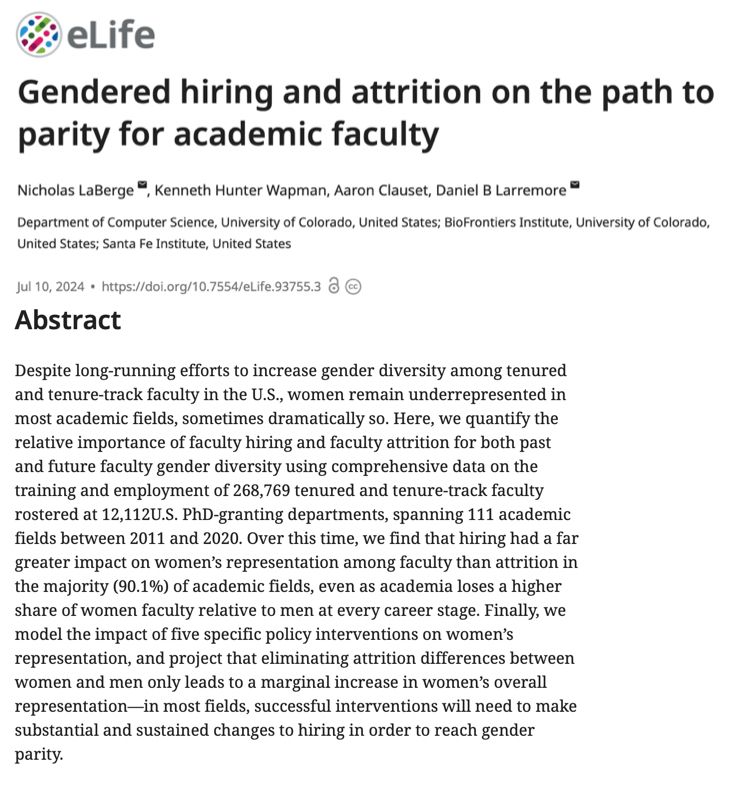Computational Social Science
he/him
Have a few minute to tell us? My group at CU Boulder is surveying the publication preferences of academics in a pairwise comparison survey called Publish or Comparish.
→ tinyurl.com/PubPrefs
Thanks for considering & pls share with colleagues!



Have a few minute to tell us? My group at CU Boulder is surveying the publication preferences of academics in a pairwise comparison survey called Publish or Comparish.
→ tinyurl.com/PubPrefs
Thanks for considering & pls share with colleagues!


